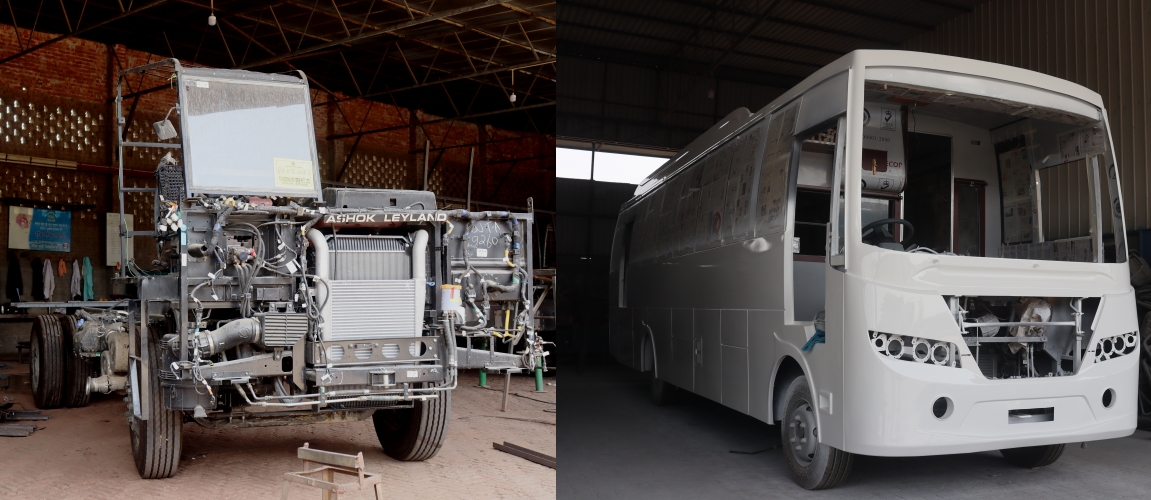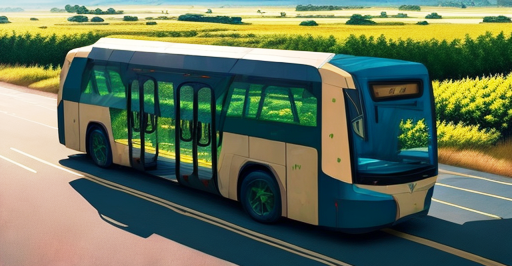In recent years, the transportation industry has witnessed remarkable advancements, particularly in the field of bus body manufacturing. As cities strive for efficient and sustainable public transportation systems, bus manufacturers are embracing new technologies and materials to meet the evolving needs of urban mobility. This blog post delves into the future of bus body manufacturing, exploring emerging trends and making predictions about the direction the industry is heading.
1. Electric Buses Leading the Way
As the world embraces cleaner and greener transportation alternatives, electric buses have gained significant momentum. With advancements in battery technology, electric buses have become a viable option for urban fleets. Going forward, we can expect to see an increased emphasis on the manufacturing of electric bus bodies, integrating improved battery systems, and optimizing energy efficiency. Additionally, developments in wireless charging technology may revolutionize the way electric buses are powered and recharged, further enhancing their practicality and convenience.
2. Lightweight and Sustainable Materials
The quest for fuel efficiency and reduced environmental impact has led bus manufacturers to explore lightweight and sustainable materials for constructing bus bodies. Traditional materials like steel are being replaced by aluminum alloys, carbon fiber composites, and other lightweight materials that offer comparable strength and structural integrity. Not only do these materials reduce the weight of the vehicle, but they also enhance energy efficiency and extend battery life for electric buses. Furthermore, manufacturers are exploring the use of sustainable materials, such as bio-based composites, recycled plastics, and natural fibers, to minimize the environmental footprint of bus body manufacturing.
3. Advanced Safety Features
Safety is a paramount concern in public transportation and bus body manufacturers are continuously investing in advanced safety features to protect passengers and pedestrians alike. In the future, we can expect to see further integration of technologies like autonomous emergency braking, lane departure warning systems, adaptive cruise control, and blind-spot detection. Additionally, the use of advanced sensor systems and artificial intelligence (AI) algorithms will improve situational awareness for bus drivers, mitigating the risks associated with accidents and collisions.
4. Connectivity and Smart Features
As the world becomes increasingly connected, buses are transforming into mobile hubs of communication and convenience. The integration of smart features, such as onboard Wi-Fi, infotainment systems, and real-time passenger information, is already becoming common. However, in the future, we can expect these features to become more sophisticated and seamlessly integrated with urban transport infrastructure. This will enhance the passenger experience, improve operational efficiency, and enable more efficient fleet management through data-driven decision-making.
5. Additive Manufacturing and Customization
Additive manufacturing, commonly known as 3D printing, has the potential to revolutionize bus body manufacturing. This technology enables the production of complex shapes, customization, and rapid prototyping, thereby reducing production time and costs. With further advancements in additive manufacturing, bus manufacturers can optimize the design and production process, allowing for greater customization and flexibility in meeting specific customer requirements. This could lead to buses that are tailored to the needs of different cities, optimizing space utilization and accommodating varying passenger capacities.

The future of bus body manufacturing is set to witness significant transformations driven by technological advancements, sustainability considerations, and changing urban transportation needs. Electric buses, lightweight materials, advanced safety features, connectivity, and additive manufacturing are among the key trends that will shape the industry in the years to come.
As cities worldwide strive to build sustainable and efficient public transportation systems, the bus manufacturing industry will play a pivotal role in meeting these objectives. By embracing innovation and staying at the forefront of emerging trends, bus body manufacturers can contribute to the creation of smarter, safer, and more sustainable urban mobility solutions.






